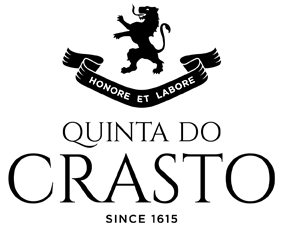Vinha Maria Teresa was named after the first granddaughter of Constantino de Almeida (the founder of Quinta do Crasto). It is a centenary plot of vines and one of the oldest on the estate. Situated on the eastern slope of the property, at extremely low altitude near the Douro River, it is planted on dry stone terraces or socalcos that have excellent sun exposure. The 4.7 hectares occupied by Vinha Maria Teresa are stunning in natural beauty and, above all, in the matchless qualities of their old vines.
More than 100 years ago, wine producers throughout the Douro region would plant a mix of almost any grape varieties that they had on hand, since they intended to produce Port wine, which has the peculiar characteristic of using a mix of many different varieties. That is why this plot ended up with many, randomly mixed varieties.



